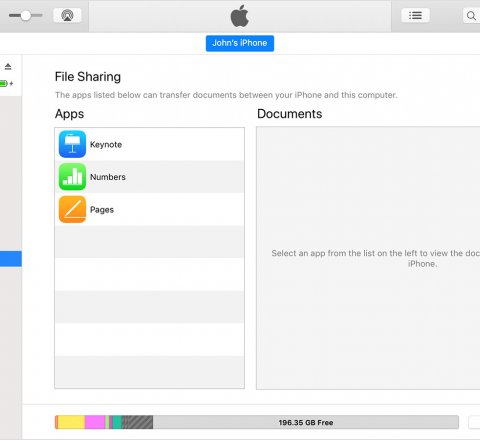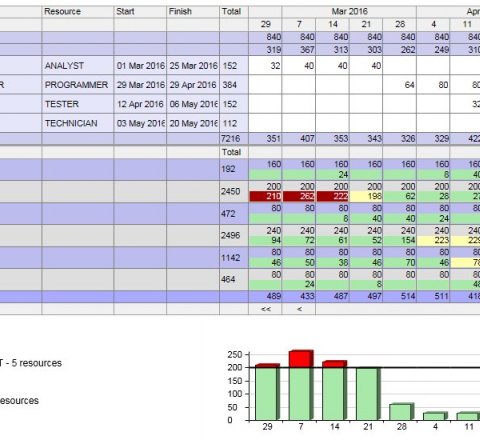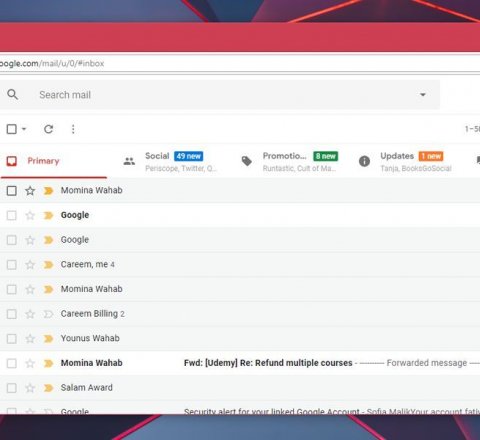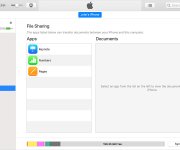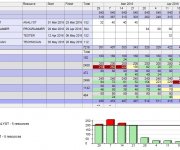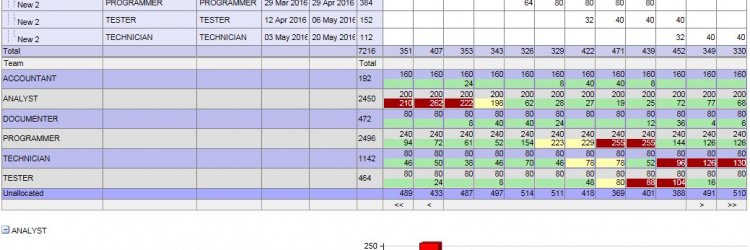
The Benefits of Team Management Software
Manage Projects, Tasks and the People Undertaking them More Effectively
To successfully see a project through to its conclusion, it is vital to effectively manage the individuals undertaking each specific task.
Today's businesses are more project-driven than ever, and there has been a veritable deluge of resources, guides and software in recent years to help us become better project managers. Given the well-worn statistic that more than half of projects end in failure, you might think that we need all the help and advice we can get.
While the specific tips and tricks on offer from consultants and software developers might vary, an overarching theme is that it is important to take a holistic, big picture view. This is true as far as it goes, but here, let's take a step back and see how resource manager tools can drill down to the macro level - after all, seeing the wood is important, but sometimes you need to examine an individual tree.
Tracking teams and tasks
Any project consists of a number of moving pieces that all need to come together at the right times and places like a jigsaw puzzle. From this perspective, the need to see the “big picture” is obvious, but the individual pieces need to be right in the first place.
Traditionally, individual tasks have been managed using tools such as spreadsheets, charts, written instructions, team meetings and the like. These still have their place, but the benefit of bespoke software is that it can serve as a central repository for all the information and resources. It provides a platform for managing each process from cradle to grave, providing valuable management insights on performance and then feeding all this information into the overriding project management tool, contributing to that overall big picture.
Components of task management software
Businesses, projects and tasks come in all shapes and sizes, so the best software is highly customisable to meet the requirements at hand. Having said that, there are some broad components that will always be needed.
These include a calendar, task creation functionality, flags and notifications and reporting tools. Most task management software has some degree of mobile functionality, whether this is through a browser or an app, delivering ultimate flexibility to both team members and managers.
Improving project effectiveness and team dynamics
Today's teams are often geographically dispersed, so the right software is vital for effective coordination and cooperation. This is the first step towards keeping everyone on target. It allows team members to see their own role in the context of the broader project, and shows managers and supervisors who is doing what at any given moment.
Any slippages are flagged quickly and can be addressed before they have time to create a knock-on effect on other tasks. When problems or hurdles do arise, for example a task hitting a roadblock or a team member being suddenly unavailable, the software can be used to reallocate resources from other tasks.
Ultimately, team management software provides the perfect conduit between individual tasks, team members and the overriding project. It goes into far greater detail than traditional tools, while at the same time providing a simple and streamlined interface that keeps everyone in the picture. It's an invaluable resource for ensuring that more projects than ever before end in success.

